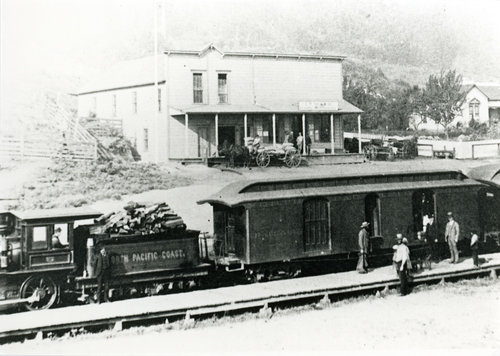
Tell Me About Tomales
February 20, 2025
The Pioneers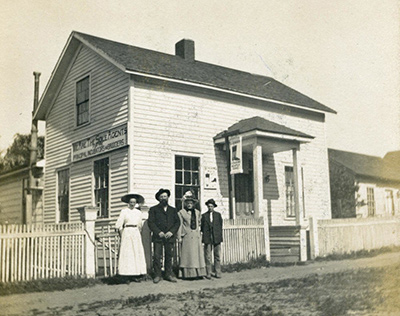
Many of the earliest settlers came to this region as single men, often after trying their luck in the gold fields. The occasional married couple or family also made the journey. Most came seeking opportunity or adventure, and they probably almost always found both.
The pioneers left their marks in countless ways — the familiar institutions they established, the now-landmark buildings they built, and through their descendants, many of whom contribute to and are part of our local communities today.
The Story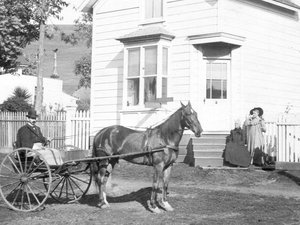
Tomales began with a port — the community’s center for almost twenty years.
The village was further shaped by, among other things, a disagreement between its two founders, the changing methods of transportation, an infamous earthquake, and a disastrous fire.
The exhibit follows the town from its beginning in 1850 to the present and includes an overview of the town’s simple, well-preserved architecture.
Agriculture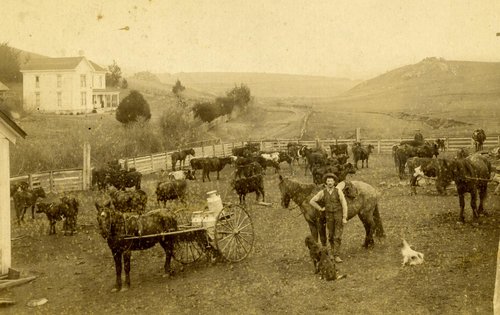
The region’s agricultural industry is traced to the earliest pioneers who raised dairy cattle, produced butter and cheese, and grew potatoes and grain here.
The early farmers and ranchers were necessarily innovative and hard working. Their successes and failures are woven into the dynamic and diverse local industry of today.
The focal point of this exhibit is a circa 1920 Iron Age potato planter that seeded many local harvests.
The Railroad
Railroad fever was sweeping the country when the North Pacific Coast line was incorporated in 1871. The NPCRR linked San Francisco (by ferry to Sausalito) to Cazadero in the Russian River redwoods, by way of Tomales Bay, Bodega, Freestone, and Occidental.
Built primarily to haul redwood lumber and its products, the largely experimental narrow gauge railroad also seeded towns and villages, transported agriculture products, and launched a tourism industry. Just as importantly, it captured the imaginations and changed the lives of all who lived along its way.
The exhibit includes signage and many other artifacts of the influential little railroad, and includes a full-scale mock-up of a short section of the tracks using original rails, ties, and even gravel from the long-ago roadbed.
Tomales High School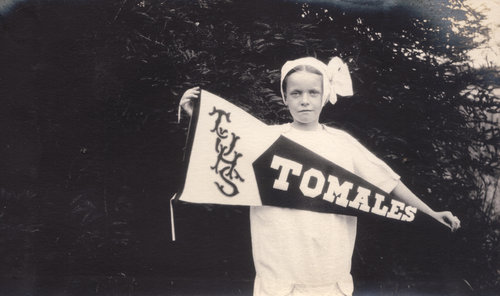
For fifty years after the establishment of the local grammar schools in the region, students had to travel to distant towns and board away from home to attend high school. As secondary education became more important, the need for an alternative was clear. Local residents took matters into their own hands and Tomales High School — two rooms and twenty-three students — opened on August 5th 1912.
Our exhibit formally opened at the museum exactly 100 years after Tomales High's first day of classes and occupies the stage area of the museum. Here you will see images, artifacts, and ephemera from all eras of the school, and you may browse through many of its yearbooks.